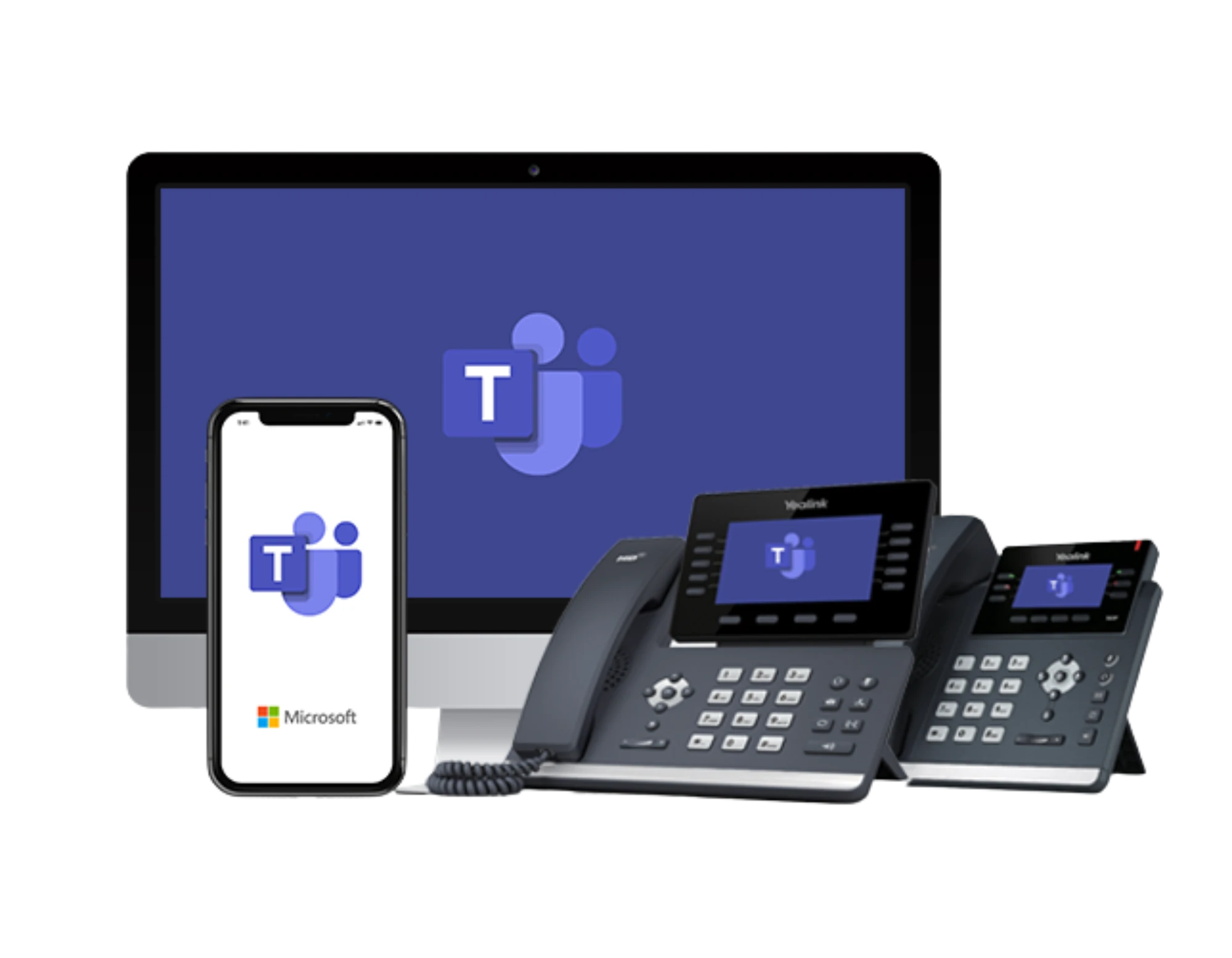Enterprises are increasingly adopting hybrid approaches to integrating unified communications (UC) technologies.
This strategy offers an effective balance between infrastructure management and value. It also solves some of the most pressing challenges that come with adopting and integrating unified communications tools.
Hybrid systems use a combination of cloud assets and on-site hardware and infrastructure resources. This approach delivers excellent flexibility, and it is particularly attractive to mid-size and large enterprises. Businesses with multiple locations enjoy added benefits, since hybrid solutions bridge any gaps that may exist between the infrastructure and hardware at various sites.
Hybrid deployments also give businesses the ability to add new applications and software tools on a limited scale, giving them only to the users that need them rather than deploying them company-wide. However, it’s important for companies to anticipate any challenges to integration and deployment. With that in mind, here are three common issues to make a plan to address.
Interoperability
Interoperability refers to the way on-site resources interact with cloud-based resources. Many unified communications systems have built-in interoperability tools, but others don’t. For example, newer systems and systems that are entirely cloud-based can create interoperability challenges when paired with on-site hardware and IT infrastructure.
There are two key ways businesses can minimize interoperability issues:
- Evaluate on-site resources and make whatever upgrades are necessary.
- Look to software providers that deliver integration applications that solve interoperability problems.
Shadow IT
Shadow IT refers to the use of digital resources that are not compatible with or supported by the company’s main IT strategy. To reduce the impact of shadow IT, businesses need to evaluate each branch or department of the enterprise separately to see where unified communications is needed and where it’s not.
It is also important to instruct centralized IT teams to educate users who may not have had input into the selection and deployment of specific tools. This prevents counterproductive internal divides from forming.
Multi-Instance or Multi-Tenant?
Cloud-based unified communications solutions come in two main forms: multi-instance and multi-tenant. Many enterprises aren’t aware of this, and likely are unable to distinguish between the two.
Multi-instance systems give each individual company its own specific unified communications network. This gives the company more control, but also makes it more difficult to roll out upgrades and updates.
In contrast, multi-tenant systems are very similar or the same across the board, making them easier to upgrade and manage. However, they take some control away from internal IT teams. The benefits of each approach should be carefully weighed against these potential drawbacks.
The enterprise communications professionals at Commio can help businesses make better use of unified communications technologies. With expert guidance and a comprehensive suite of advanced enterprise telecom solutions, Commio helps companies extract maximum value from their technology investments. To learn more, please contact us today.














